A Letter for Emily Dickinson
Nothing like waiting until the last minute. But here I am, finally spending a little time with my laptop and ready to introduce you to my NaPoWriMo Day Two poem.
This poem is from Visiting Emily, poems inspired by Emily Dickinson, and published by the University of Iowa Press in 2000. I love the simple first line, how Annie Finch just steps and begins talking to us, talking to Emily, and, at the same time, explaining some rather essential things about her own life. Bread. Sewing. Poetry.
If you want to use this poem as a kind of model for your poem today (or tomorrow), here are some of things you might notice about it (quickly, as it really is late-ish, and I already wrote my attempt for today): In addition to being an homage to Emily Dickinson, notice the cascade of rhymes, not only in the end of lines, but along the lines. Notice the repeated coda. If you’re looking for inspiration, think about the voice, utterly accessible, intimate, familiar. You could imitate the form, or you could just write a poem to Emily, or to another figure whose biography you’ve ingested.
A Letter for Emily Dickinson
Like me, you used to write while baking bread,
propping a sheet of paper by the bins
of salt and flour, so if your kneading led
to words, you’d take them, looping their thin shins
in your black writing, as they sang to be free.
You captured those quick birds relentlessly,
yet kept a slow, sure mercy in your deeds,
leaving them room to peck and hunt their seeds
in the white cages your vast iron art
had made by moving books, and lives, and creeds.
I take from you as you take me apart.
When I cut words you might never have said
into fresh patterns, pierced in place with pins,
ready to hold them down with my own thread,
they change and twist sometimes, their color spins
loose, and your spider generosity
lends them from language that will never be
free of you after all. My sampler reads,
“called back.” It says “she scribbled out these screeds.”
It calls, “she left this trace, and now we start,”
in stitched directions following the leads
I take from you, as you take me apart.
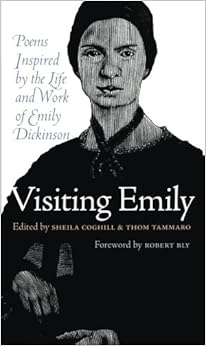


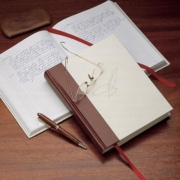
 If you want to participate in the April poetry writing challenge, there are lots of good ways to go about it. You can start by learning more about the process at
If you want to participate in the April poetry writing challenge, there are lots of good ways to go about it. You can start by learning more about the process at 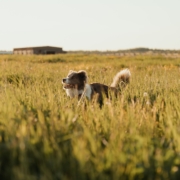

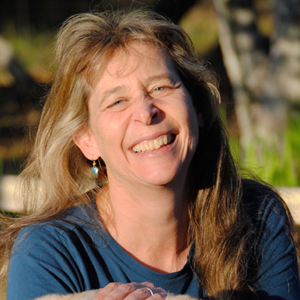
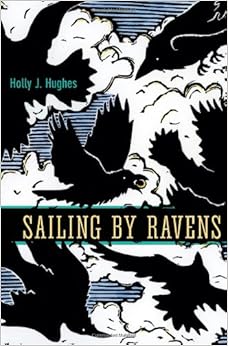 as some of the subjects (Mercator, Flavia Gioia, John Harrison are only three) were lost on me. But as I read and absorbed the notes, and reread the poems, the book seemed to have a trapdoor in its floor that dropped me down into another level (into water? over my head?). It was only then that I began to appreciate the encyclopedic knowledge that I was being offered, in addition to the poetics, “Isinglass darkened, but not enough to shield our Eyes, / rays of Sun Fractal, spatterpaint retinas, Shutter stutters.” (Just two lines from “The Forestaff 1587.” Such sounds!) So, not just argot, then, but shovel-loads of sound and sense detail, “scooped, shovel by shimmering shovel, into the fish hold” (“What She Can’t Say”).
as some of the subjects (Mercator, Flavia Gioia, John Harrison are only three) were lost on me. But as I read and absorbed the notes, and reread the poems, the book seemed to have a trapdoor in its floor that dropped me down into another level (into water? over my head?). It was only then that I began to appreciate the encyclopedic knowledge that I was being offered, in addition to the poetics, “Isinglass darkened, but not enough to shield our Eyes, / rays of Sun Fractal, spatterpaint retinas, Shutter stutters.” (Just two lines from “The Forestaff 1587.” Such sounds!) So, not just argot, then, but shovel-loads of sound and sense detail, “scooped, shovel by shimmering shovel, into the fish hold” (“What She Can’t Say”).
 ct into an angel, like one I’d seen in the studio. (Copying was encouraged.)
ct into an angel, like one I’d seen in the studio. (Copying was encouraged.)